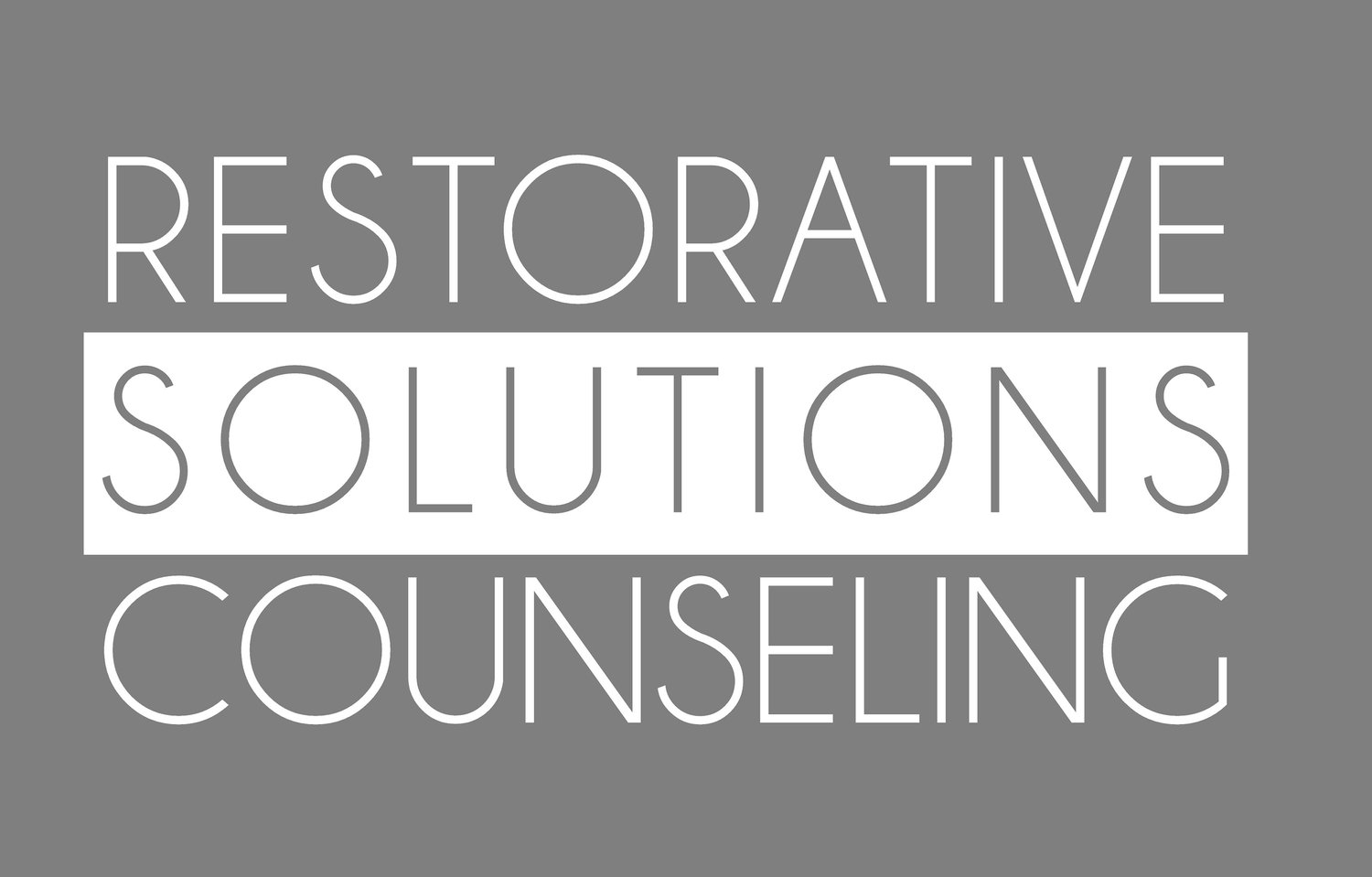The title of this blog is something that has been on my mind recently. The idea of wanting our kids to be happy seems fairly simple on the surface. We want good things for our kids, and it is hard to watch them get hurt or or get their hearts broken. Part of what is so difficult about parenting is that we have to balance their needs and wants as children against what will prepare them the most for adulthood. As complicated as this balancing act already is, an added complication is that we all have different values and ideas of what is important to prepare these future adults. However, we’re not done with complications yet because happiness is an emotion, and our emotions are what we experience in a moment. After the moment has passed, so does the emotion.
Perhaps what we’re looking for is fulfillment. Viktor Frankl has suggested that a life with meaning is what makes a person psychologically healthy, so it stands to reason that fulfillment is a better term to use than happiness. Only* ⅓ of Americans report that they are happy…as far as how this relates to fulfillment, I don’t know, but there is definitely a tendency to lump one’s overall happiness in with money, things, and fleeting experiences. The problem with this is that research on overall happiness and fulfillment have found that income level has no impact on this, and chasing a series of experiences can feel hollow in the long run. Maybe it would help to realize that **full-time happiness isn’t possible. Kids will be mad, sad, scared, worried, etc, and all of these emotions are normal and meant to be felt.
A nicely written article from the Parents website** encourages 5 ways to help teach our kids to be fulfilled:
Foster connections: In short, be there for your kids. Build strong connections with them by being involved in their lives.
Model what happiness means to you: Actively do what makes you happy and model good self care for dealing with stress.
Practice gratitude: There is a lot of research that shows practicing gratitude helps us feel better because we learn to focus our attention on the good in our lives instead of just overlooking it. Asking kids what they are happy about or grateful for each day can help them gain this focus.
Don’t try to make them happy: Weird, right? This refers to not fulfilling their every wish and desire and fixing all of their problems. Believe it or not, you’re not actually responsible for their happiness. You can help provide opportunities and connections, and they will have to learn to be happy throughout their lives.
Allow for failures and successes: They shouldn’t be guaranteed success with everything they do. That isn’t realistic. Instead, they should have opportunities to gain new skills and find success through effort.
Kids also need a sense of belonging* in order to build happiness and fulfillment. This is harder than ever due to technology. Research has suggested that using social media as a supplement to real-life connections is very helpful for boosting them. However, for many, digital connections are replacing real-life connections, and it is a weak substitute. Kids need opportunities for connections without screens, regardless of whether they resist this or not.
If we keep our long-term goal on helping our kids find fulfillment and meaning in their lives, we can allow ourselves to be less concerned with their momentary happiness. In fact, if a kid was constantly happy and never encountered any challenges, they would be ridiculously unprepared for adult life. It can hurt parents’ hearts to watch their child experience heartbreak, rejection, and pain. We can and should provide comfort and love during these times, but our job as parents isn’t to prevent them from experiencing the pain of the world. Our job is to help support them so that they are able to learn to endure it.
*https://www.psychologytoday.com/us/blog/school-and-family-matters/201803/how-raise-happy-kids
**https://www.parents.com/toddlers-preschoolers/development/fear/raising-happy-children/
